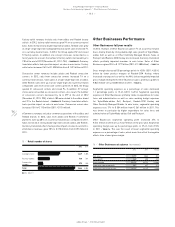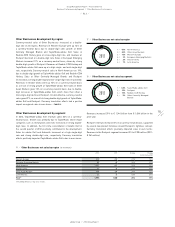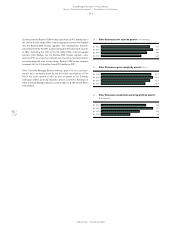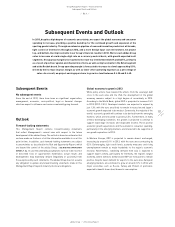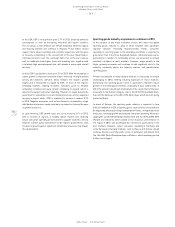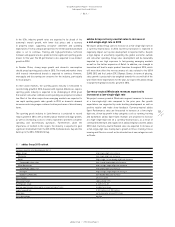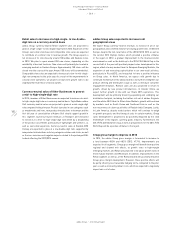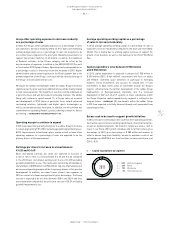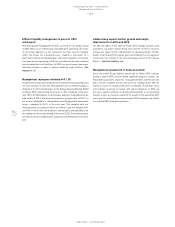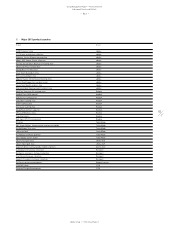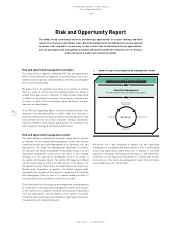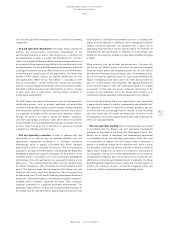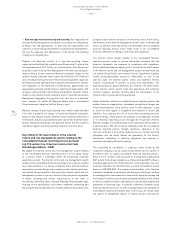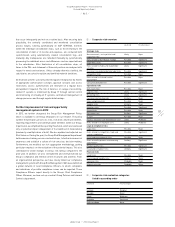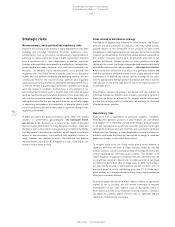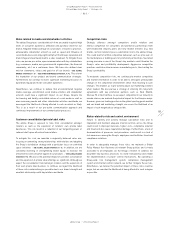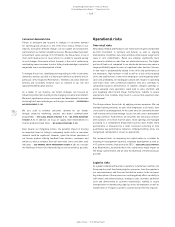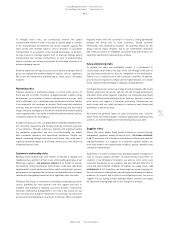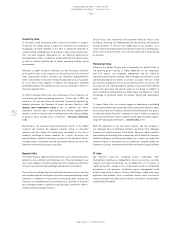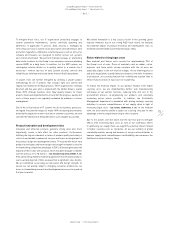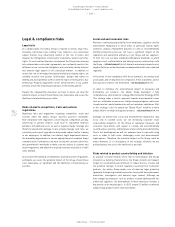Reebok 2012 Annual Report Download - page 186
Download and view the complete annual report
Please find page 186 of the 2012 Reebok annual report below. You can navigate through the pages in the report by either clicking on the pages listed below, or by using the keyword search tool below to find specific information within the annual report.
5
adidas Group
/
2012 Annual Report
Group Management Report – Financial Review
164
2012
Risk and Opportunity Report
/
03.5
/
Risk and Opportunity Report
The adidas Group continuously explores and develops opportunities to sustain earnings and drive
long-term increases in shareholder value. We acknowledge that in our daily business we are exposed
to various risks and that it is necessary to take certain risks to maximise business opportunities.
Our risk and opportunity management principles and system provide the framework for our Group to
conduct business in a well-controlled environment.
Risk and opportunity management principles
The adidas Group is regularly confronted with risks and opportunities
which have the potential to negatively or positively impact the assets,
liabilities, financial position and profit and loss of the Group, or intangible
assets such as brand image.
We define risk as the potential occurrence of an external or internal
event (or series of events) that may negatively impact our ability to
achieve the Group’s business objectives or financial goals. Opportunity
is defined as the potential occurrence of an external or internal event
(or series of events) that can positively impact the Group’s business
objectives or financial goals.
In this Risk and Opportunity Report, we have outlined the Group’s most
important risks and opportunities as well as other risks that have a
particular relevance from an industry or financial market perspective. We
have summarised risks in four main categories: Strategic, Operational,
Legal & Compliance and Financial. Opportunities are classified in two
main categories: Strategic & Operational and Financial.
Risk and opportunity management system
The adidas AG Executive Board has the overall responsibility to operate
an effective risk and opportunity management system that ensures
comprehensive and consistent management of all significant risks and
opportunities. The Group Risk Management department coordinates
the execution and further development of the adidas Group’s risk and
opportunity management system and is the owner of the centrally
managed risk and opportunity management process on behalf of
the adidas AG Executive Board. The adidas AG Supervisory Board
has the responsibility to monitor the effectiveness of the Group’s risk
management system. These duties are undertaken by the Supervisory
Board’s Audit Committee. In addition, the Global Internal Audit
department also includes an assessment of compliance with the Group
Risk Management Policy as part of its regular auditing activities of
selected adidas Group subsidiaries or functions each year.
To facilitate effective risk and opportunity management, we implemented
an integrated risk and opportunity management system, which focuses
on the identification, evaluation, handling, monitoring and reporting of
risks and opportunities. The key objective of this system is to protect
and further grow shareholder value through an opportunity-focused, but
risk-aware decision-making framework.
Supervisory and Executive Boards
Group Risk Management
Risk Management Policy & Methodology/Support
Monitoring &
Reporting
Identification
Evaluation
Handling
Risk Owners
01
/
adidas Group risk and opportunity management system
We believe that a key component of optimal risk and opportunity
management is the identification and evaluation of risks, risk-mitigating
actions and opportunities where they arise. In addition, a concerted
approach to handling, monitoring and reporting is of key importance.
Therefore, risk and opportunity management is a Group-wide activity,
which utilises critical day-to-day management insight from both global
and local business units and functions.


